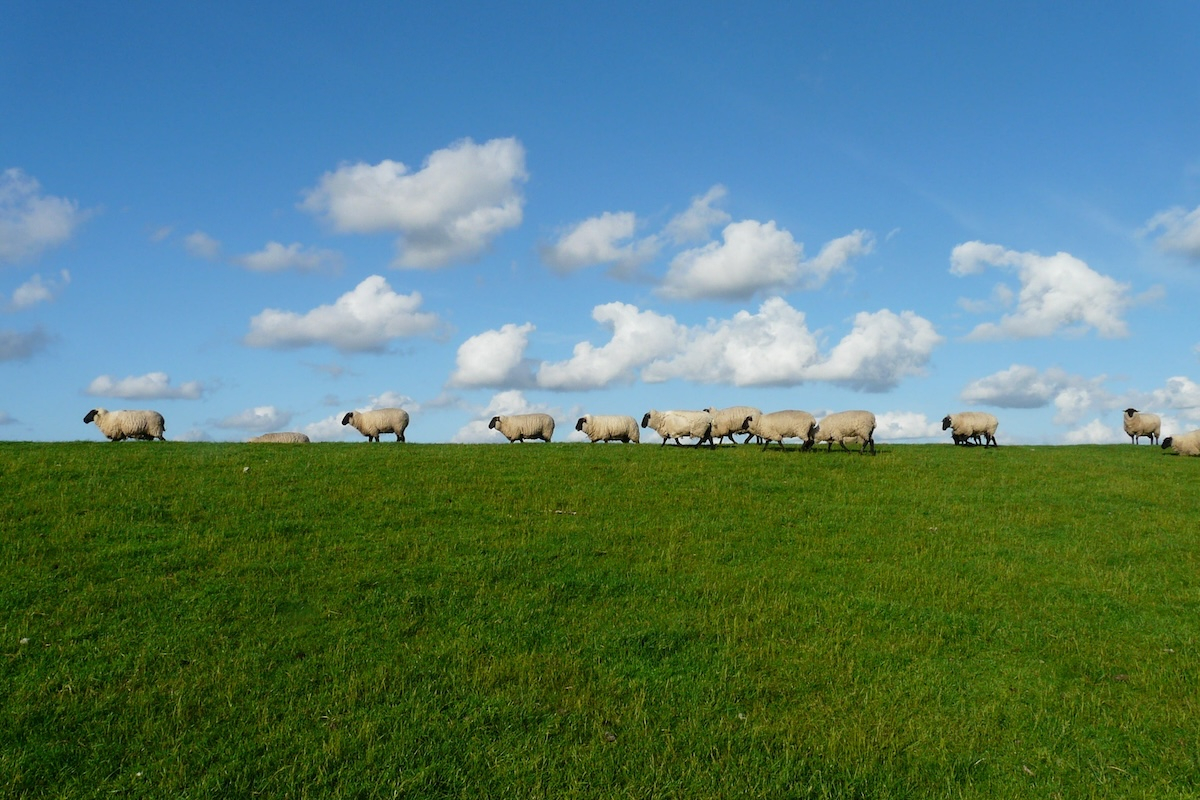Treading Lightly: Policy Implications of the Restated Evidence on Grazing Livestock and Soil Carbon
Some claim that enough carbon can be stored in pastures to balance all other emissions from livestock production, whilst others state that the carbon storage potential is minimal and easily reversed. January 29, 2024
This week, the Oxford Martin School released a ‘restatement’ of the natural science evidence base concerning grassland management, grazing livestock and soil carbon storage. These Scientific Restatements review the contemporary evidence underlying areas of current policy concern and controversy, aiming to help stakeholders make informed decisions.
The degree to which grazed soils can capture carbon is a difficult topic for policymakers to navigate. Some claim that enough carbon can be stored in pastures to balance all other emissions from livestock production, whilst others state that the carbon storage potential is minimal and easily reversed. The Restatement summarises the available evidence (particularly as it relates to the UK), indicating where there is a broad consensus but also where there is still uncertainty, to maintain scientific integrity.
The Restatement, which involved John Lynch (a postdoc in the Nature-based Solutions Initiative), highlights the potential for rapid carbon accumulation in degraded pastures, but cautions against misleading extrapolations. It emphasised that the vulnerability of stored carbon in grasslands necessitates long-term preservation measures and comprehensive carbon policies that address both livestock emissions and systemic effects. Innovative grazing methods like mob-grazing warrant further investigation: there is some scientific justification for claims that this practice is beneficial, but dependent on local conditions.
‘Governments and policymakers have a tough task trying to make informed decisions around the role grassland management, grazing livestock and carbon soil storage can play in mitigating climate change due to the complexity and difficult-to-navigate nature of the current evidence base. It is our hope that this Restatement presents the current evidence in an easy-to-read and policy-neutral manner that will make it easier for policymakers and other relevant stakeholders to understand the strengths and limitations of the science involved and so make more informed decisions.’ – Professor Sir Charles Godfray, Director of the Oxford Martin School.
Key points highlighted by the Restatement:
- Severely degraded pasture can accumulate carbon rapidly if managed appropriately but this will plateau over time. Extrapolating from accumulation rates measured at different times can be very misleading.
- Soils differ greatly in their physical and chemical properties and this must be taken into account when estimating storage potentials.
- Grazing regimes affect carbon accumulation and there is some evidence that new ideas such as mob-grazing can have positive effects. This is an area where policymakers would benefit from more evidence.
- Carbon stored in grassland soils can easily be lost, for example after ploughing or if over-grazed. If grasslands are to act as carbon stores then measures are needed for their long-term preservation.
- In developing a grassland soil carbon policy, it is important to consider the emissions from livestock as well as possible indirect effects (for example, reducing stocking density may lead to displaced food production and emissions somewhere else). It is also important to consider the counterfactual and question whether fewer emissions may occur if the land was used in an alternative way.
John Lynch said: ‘There has been a lot of excitement about the potential of soil carbon sequestration to help mitigate climate change recently. If soil carbon increases are achieved through agroecological measures that support soil health and restore ecosystem functioning, there could also be significant benefits for biodiversity and the wider environment: a valuable nature-based solution. Yet some estimates for the potential scale of carbon that could be removed are implausibly high, and fail to highlight the broader agricultural shifts that will be required to meet our climate and environmental goals. I hope that our “restatement of the natural science evidence base concerning grassland management, grazing livestock, and soil carbon storage” can help clarify the science. In it, we explain the underlying scientific evidence and highlight the significant opportunities that do exist for increased soil carbon sequestration, but also note that the amount of carbon that can be stored is location and management-specific, and would not provide large-scale removals indefinitely.’
This Restatement has been published in Proceedings of the Royal Society B.
